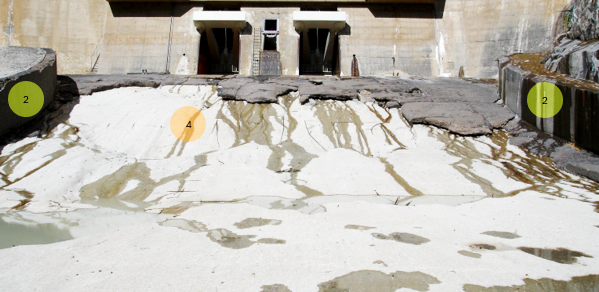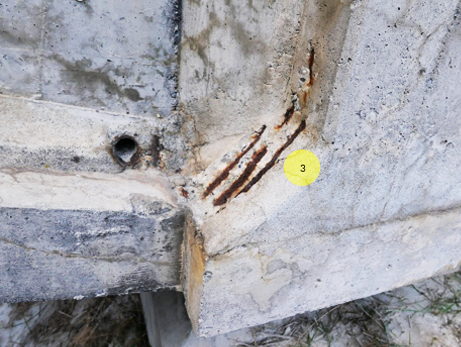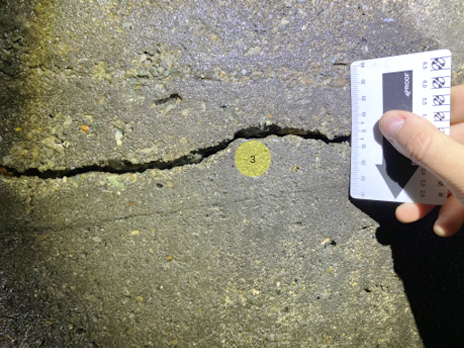Guaranteeing the durability of hydraulic installations
Regular inspection, prioritising work, coordinating activities: HYDRO applies a structured strategy to maintaining hydroelectric facilities.
Civil engineering infrastructure has to be regularly monitored to ensure it is safe, working properly and will last. Ageing and the stresses of the environment cause wear and tear that may be gradual or sudden, with a risk of unexpected outages and additional costs for unscheduled repairs.
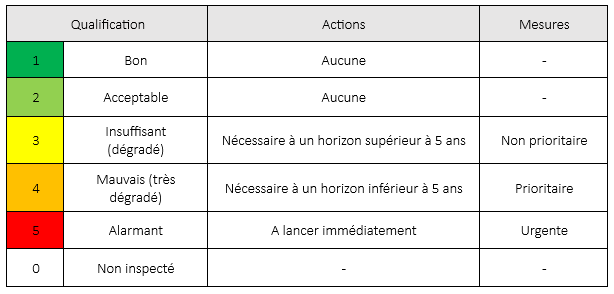 Evacuation and action grid
Evacuation and action grid
At HYDRO we inspect the facilities we operate regularly so we can anticipate and plan our interventions and coordinate them with other work. Being organised like this is a way of minimising production losses due to maintenance. It forms a key part of keeping installations fit for the long term, especially when concessions are transferred or the condition of facilities has to be documented and appraised transparently.
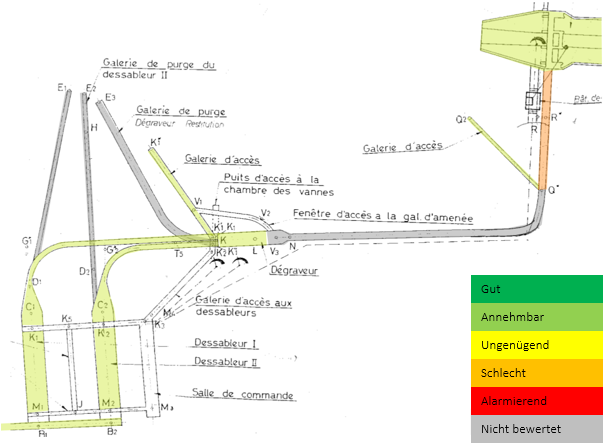
Meticulous monitoring for lasting operations
HYDRO operates the facilities entrusted to it economically and for the long term. The methodology is based on the concept of proportionate interventions in line with the operating needs of an installation, its remaining working life and the severity of any damage. Each inspection report makes an assessment on four levels: from individual details to the facility as a whole. At each level an evaluation is made to classify the condition of the components observed in terms of severity of disrepair and the recommended deadline for taking action. For instance, the levels mentioned above might refer respectively to an observation that concrete has cracked and a fitting is corroded, an evaluation of the wall of a water intake, the intake as a whole and then all the structures between this intake and the tail race. These recommendation are then integrated into the multi-year maintenance plan. Work is planned so as to optimise the duration of activities.
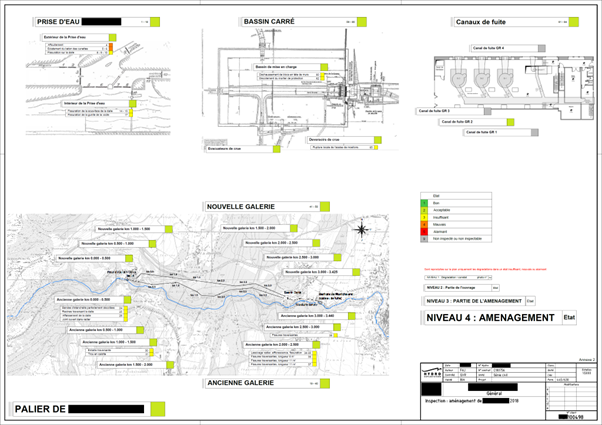 Overview
Overview
Documentation of monitoring and predictive maintenance
Records of condition provide an overall view of the state of the assets to be maintained. Periodic inspections are scheduled whenever a head is stopped, so work can be carried out on parts that are not normally accessible. Urgent repairs are completed before service is resumed. Priority work – work that needs to be done within one to five years – is planned so as to minimise the impact on hydroelectric output. Finally, minor damage is added to the long-term maintenance plans.
Documented monitoring of wear and tear feeds into reviews and makes it possible to use predictive maintenance tools.
